









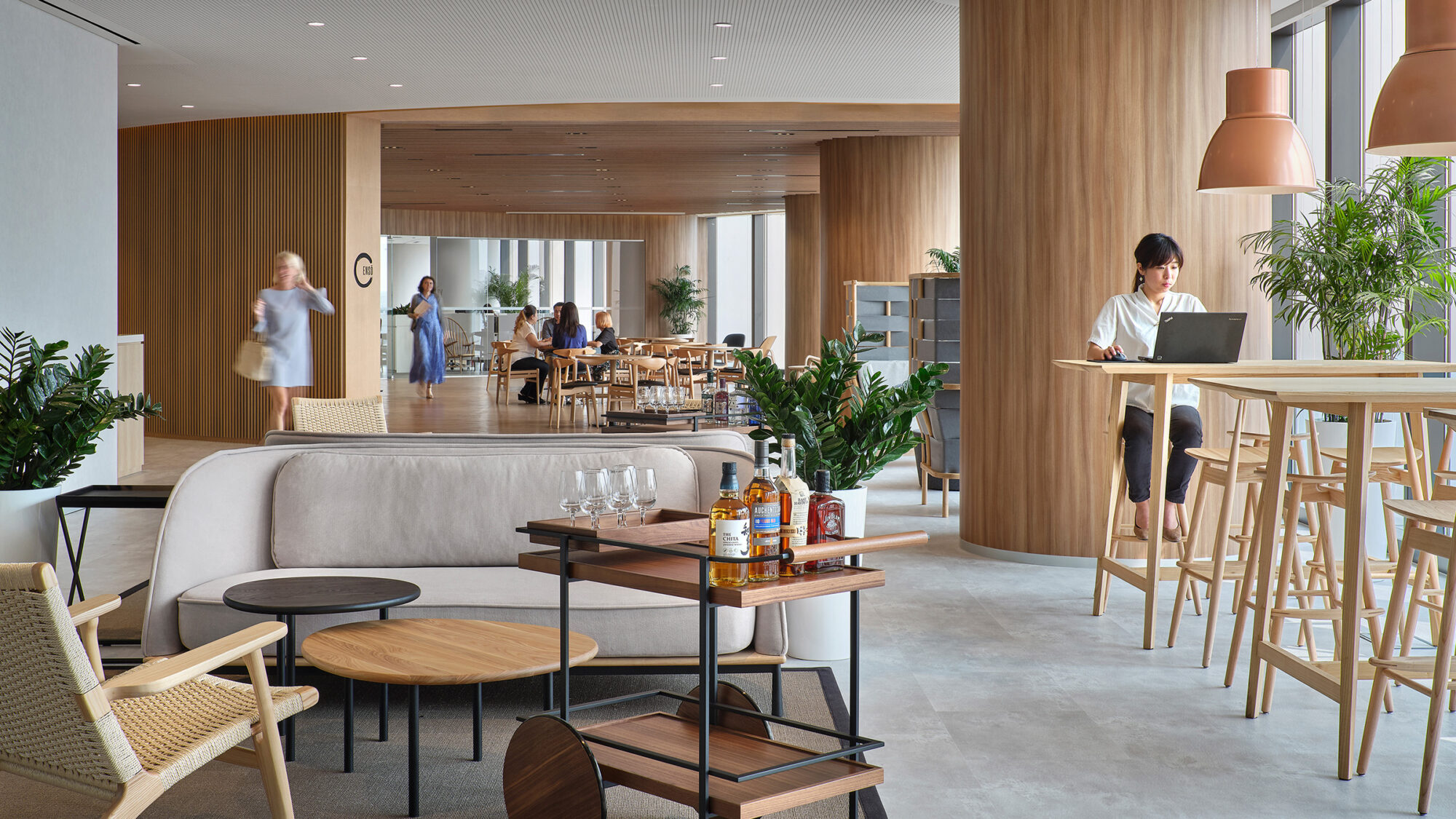
With a new decade comes a renewed focus on talent for HR and business leaders. We examine how diversity will shape the design of your workplace.
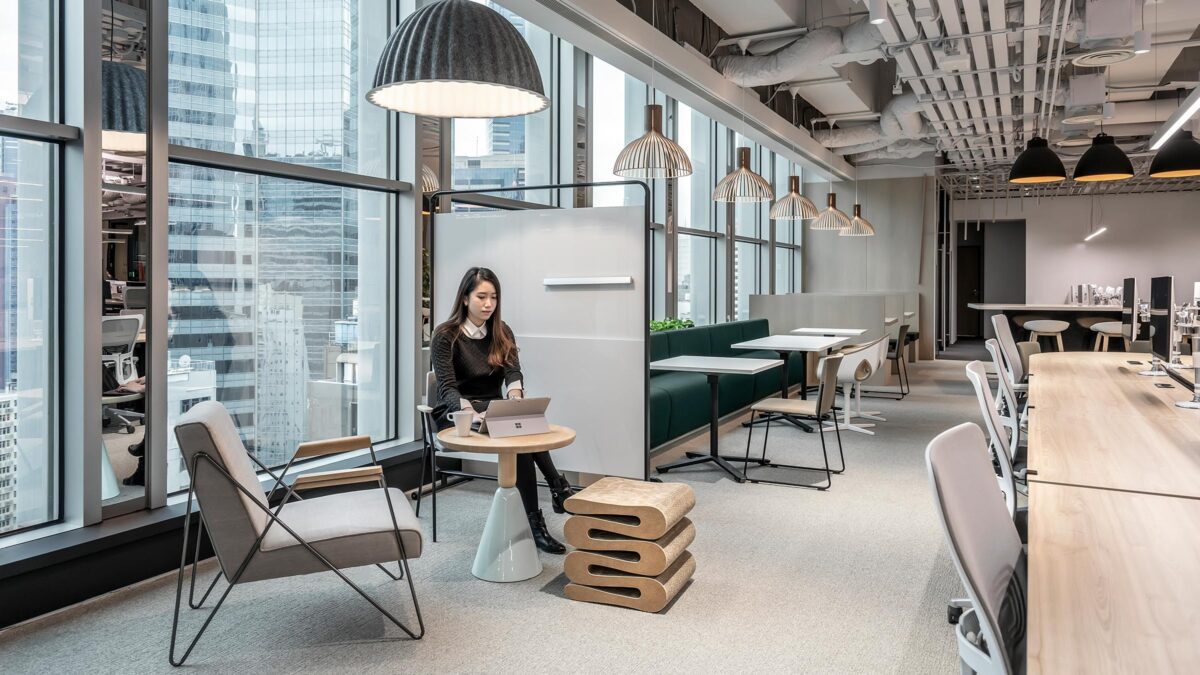
With a new decade comes a new focus on talent for workplace designers. Employers are beginning to better understand the value in hiring neurodiverse employees. For example, this could be for creative and strategic thinking. They are also starting to understand the importance of creating physical and digital workspaces. Spaces that support universal design (accessible for all individuals), and encourage wellness. Ultimately they are crucial in attracting top talent and giving a competitive edge to businesses.
Moreover, a recent study found that design can make employees up to 33% happier at work, and happy employees experience 31% higher productivity. The world is also becoming more educated and interested in wellbeing and self-actualisation. As a result, we’re seeing a big impact on workplace design. From what work environments look like to how people adopt them.
At M Moser, we believe there are several key workplace trends that will inform the modern work environment. These support cognitive and neurodiversity, wellness beyond the physical and user-centric design.
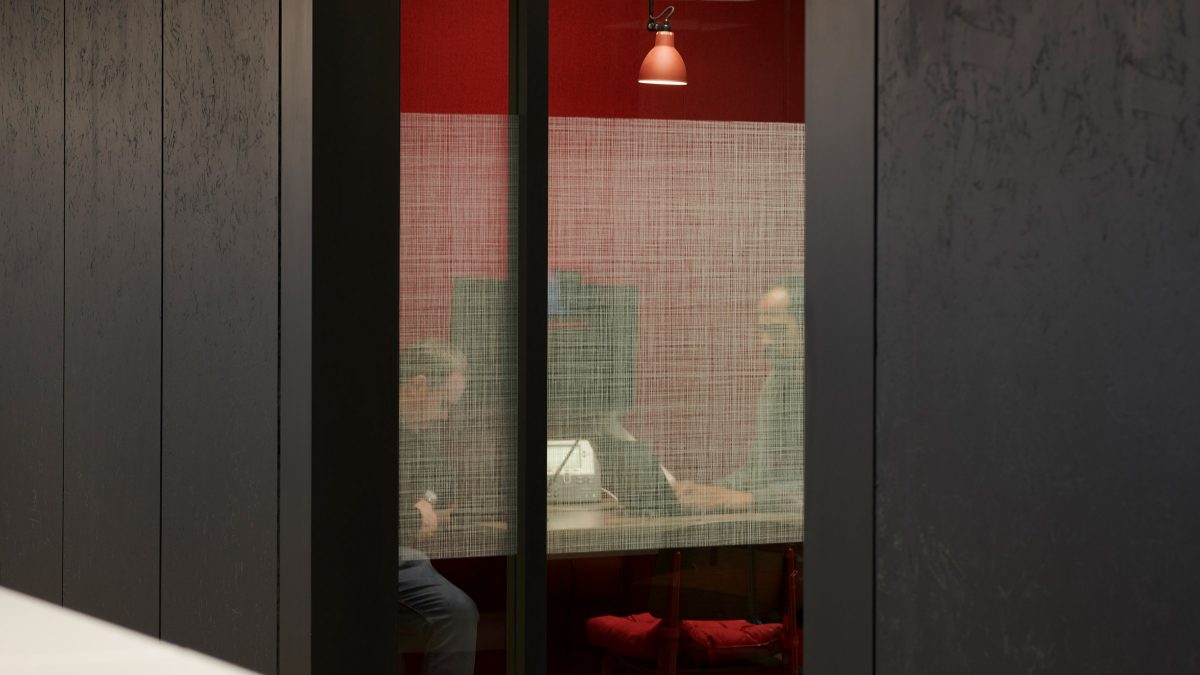
In 2020, we’ll see diversity expanding beyond race, gender and age to address neurodiversity. We also expect an increasing drive for difference. This will include new hiring trends, inclusivity policies, more flexibility, as well as fresh approaches to office design to support a range of employees. The most innovative companies will look to attract people from different backgrounds, with different experiences and ways of thinking.
Equally important is the growing interest for real diversity – to hire beyond neurotypical parameters. This means companies need to create workspaces that support employees across the spectrum. Companies will also need to create culture that celebrates diverse brains and thought patterns. Expectations of typical behaviour should not affect how we see talent or define community.
In this period of rapid change and disruption, companies that continue to hire “birds of a feather” will struggle. They will struggle to predict change, disruption and industry blind spots. Progressive organisations will want a range of varied thinkers. As a result, they will look for people that bring “rebel ideas” – ideas that challenge hierarchy and support innovation.
Workplace design has seen a shift from being decorative to supporting reputation. For this reason, businesses now see it as an important asset to achieve their goals and the goals of their employees.
The beauty of a space will always be important. However a great workspace must be user-centric and results-driven. It must also be evidence-based in order to support productivity and performance. Not only will this require a blend of knowledge and practice from spatial understanding, neuroscience, psychology and UX. But storytelling, architecture, branding, HR and more.
The design industry is shifting in focus from efficiency and attractiveness to the entire user journey. So this means we need to map-out end-to-end experience and identify pain points or areas for improvement. Fundamentally, from the moment someone walks into the office, we’re considering the hypothetical as well as the ways the physical space impacts them.
In short, it’s more important than ever for workplace design to support user experience and employee wellness. There’s demand for an optimal experience throughout the entire workday. And because of it, workplace designers have a valuable role to play.
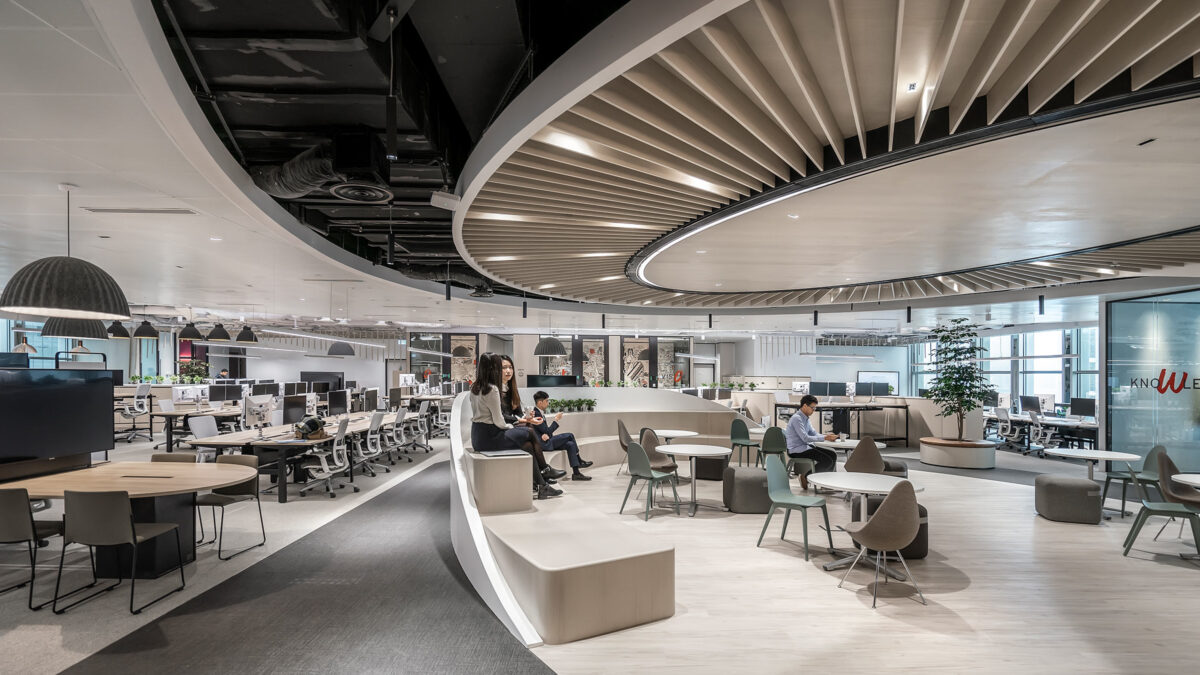
In the past decade, millennials have seen a 47% increase in major-depression diagnoses. The rising generation is set to be the biggest of burnouts. In short, organisations need to assess the cause of burnout and mental health decline. Not just the effect. We must find the root of the issue to effectively combat it. Part of that process therefore involves assessing user behaviour through usability, accessibility, and desirability.
Designing an office space is about understanding how people interact with it, identifying stressors, and also finding ways to combat them. Physical and cognitive comfort regularly go hand-in-hand. However, we’ll begin to see a focus on social and ergonomics, with other factors in the workplace. For instance, if you want to make a quiet place where people focus, make it feel like a library – soft spaces, low lights and task lights at your workspace. So if you create the impression of something familiar, people will understand how to use it intuitively. We are designing beyond physical comfort for social and cognitive ergonomics. This also means considering the integration of place and people.
Future workplace design will focus on environments that reduce anxiety, distress, distraction and decision fatigue. This will require intuitive design, a universal approach and a natural understanding of wellness. Generally, intelligent designers will have to work from a place of empathy with a broad spectrum of knowledge. They will also draw on this to create, prevent, and problem-solve.
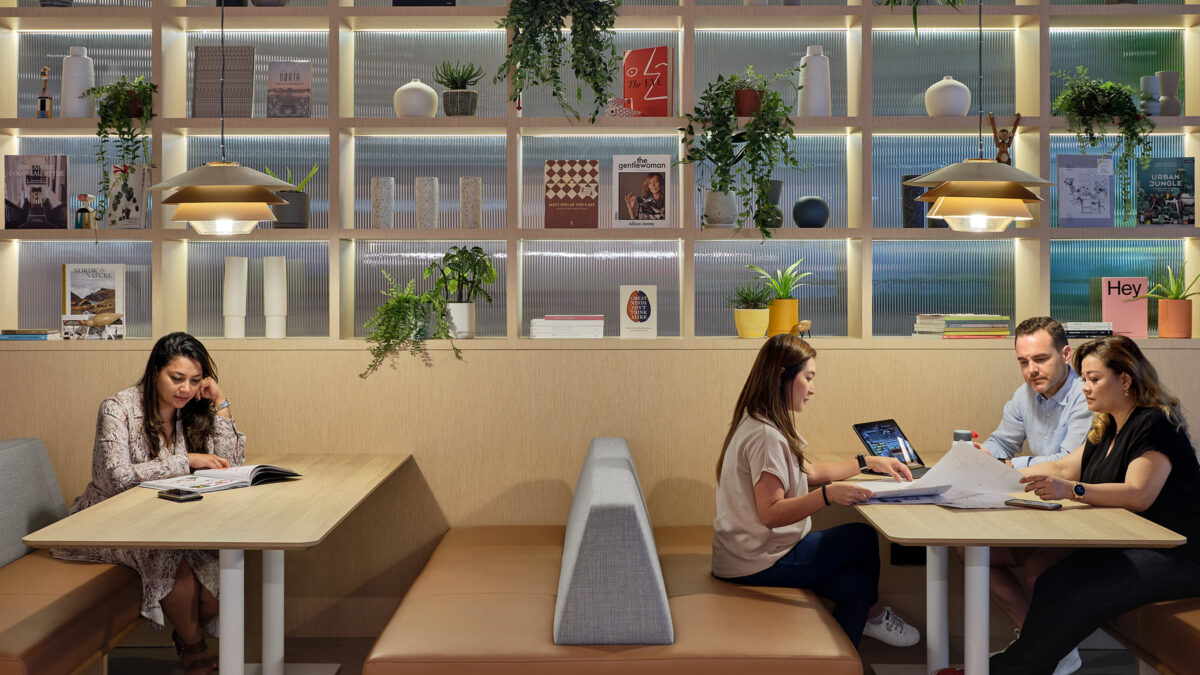
Workplace wellness is now considered to be a tangible design solution. Sound, air quality, physical activity and light are important in a design. However there are less tangible elements that are just as important. Altogether, we must design spaces that help people feel safe, reduce anxiety and encourage collaboration. Designing for wellness and universal design are natural companions.
As designers we must focus on creating environments that promote wellness while making them usable for a wide array of individuals. For example, instead of having a stair with a ramp around the corner leading to the accessible entrance, you just create a ramp. You can also integrate the two so the experience is the same whoever you are.
Design concepts will improve and the focus on health and wellness will grow. Overall, employers will look for ways to make workspaces more enjoyable and liveable to keep top talent. They’ll need to ensure staff wellbeing, productivity and continued good health.
Today’s C-Suite leaders are faced with an array of challenges, from employee retention to rapid burnout. Most clients come to us, as workplace creators, for our help with solving a design issue. However it’s bigger than design. We also need to talk about people and business utility too. In fact, as trusted advisors, part of our role is to educate clients on the areas of focus.
Overall, the solution is in creating an adaptive environment that can respond to fluctuation and rapid change. In short, 2020 will be a year focused on wellness in the workplace. We can achieve this through greater diversity in hiring, policy that promotes diverse thought and spaces that encourage diverse styles of working. Companies must therefore put people and their experiences at the root of workplace design to flourish in the decade to come.
This article was written by Frances Gain and was featured in Workplace Insight.
Associate Director, Workplace Strategy and Transformation